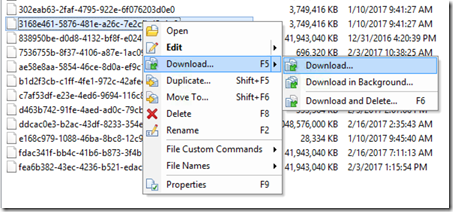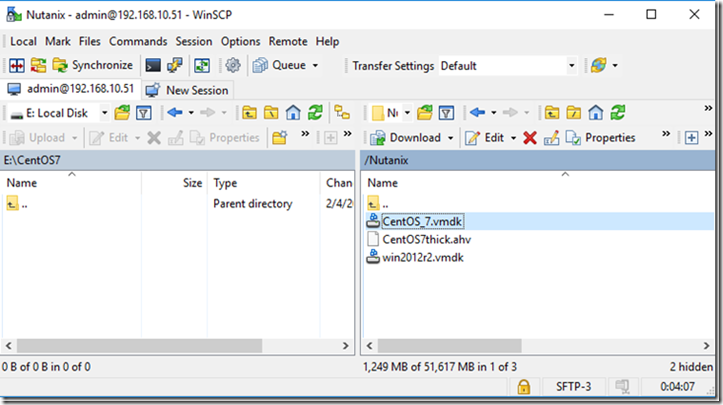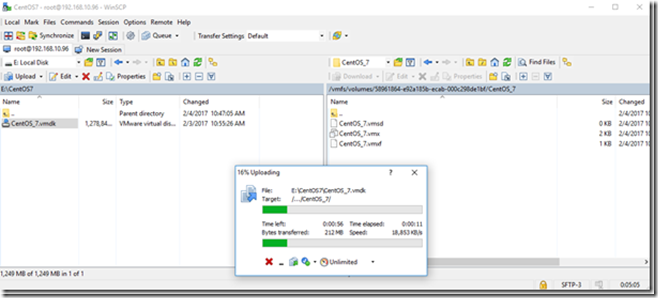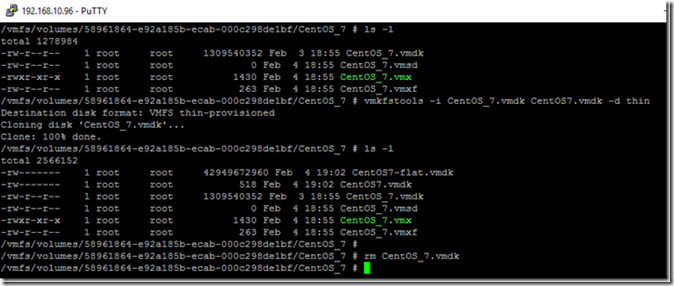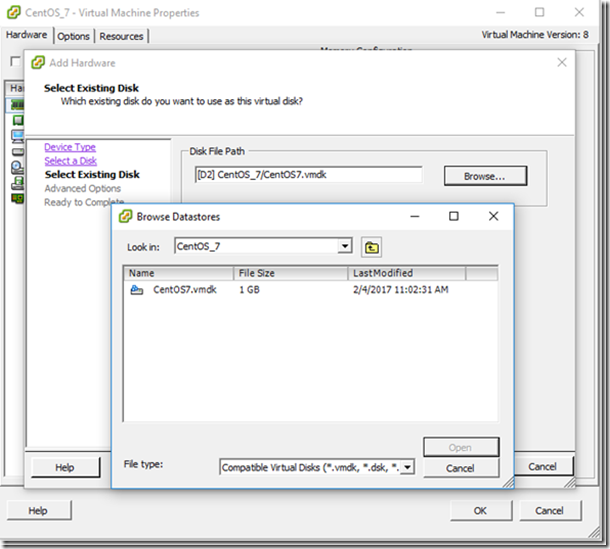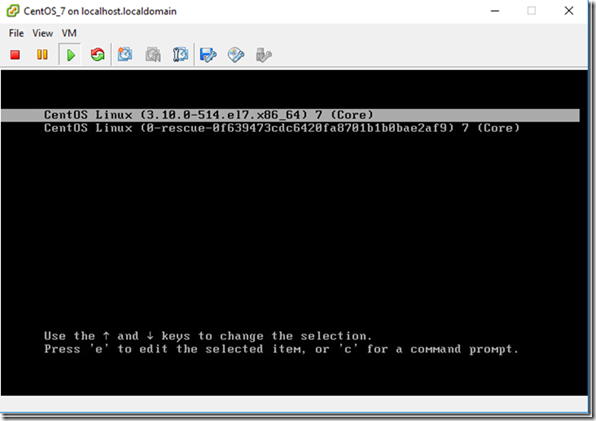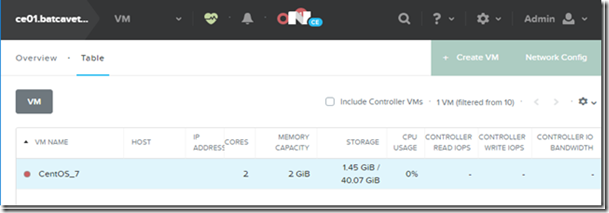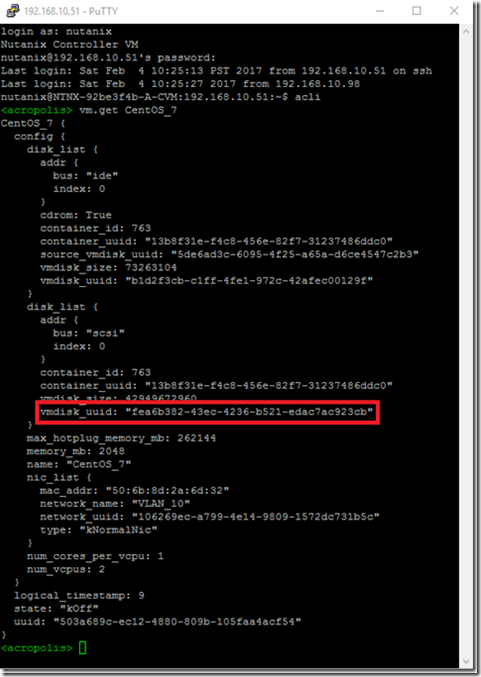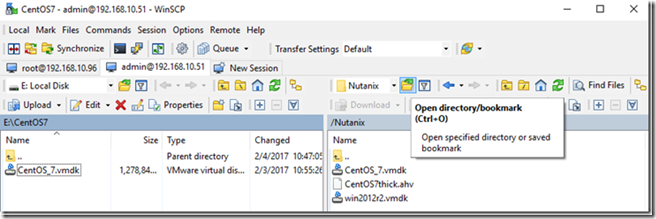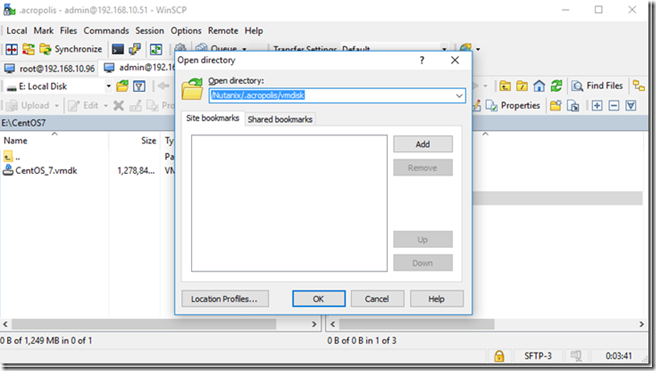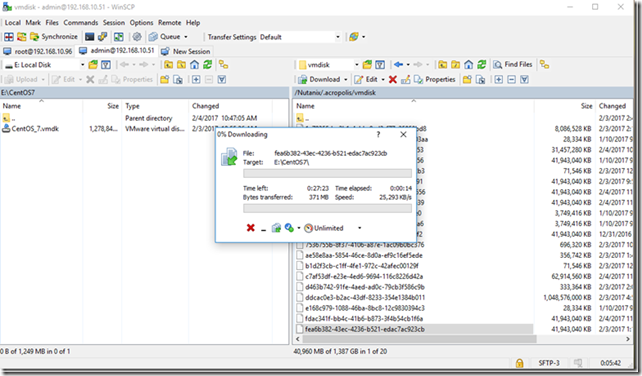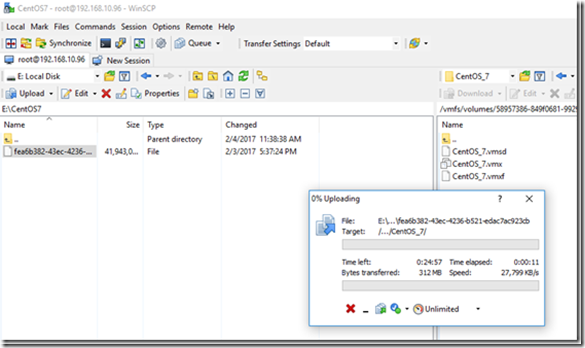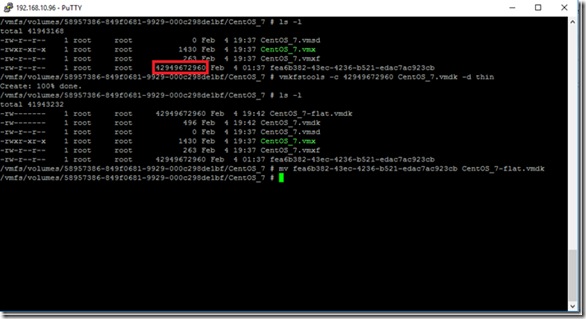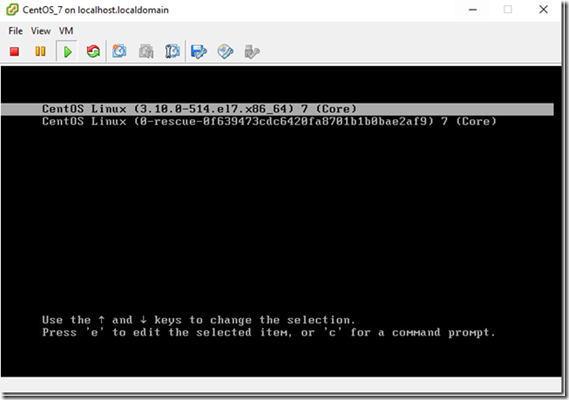# THIS SCRIPT REQUIRES THE NUTANIX POWERSHELL MODULES AND POWERSHELL VERSION 4.0
# Interface of Windows VMs needs to be named "Ethernet"
# VMs must be powered on
# 1. Get list of VMs and IPs from a VMware Folder
# 2. Check that all VMs are in the Protection Domain
# 3. Change the IPs of the VMs and shut them down
# 4. Change the static DNS entries
### DECLARE CONSTANTS ###
#Source Domain Controller
$dnsServer = "dc01.test.com"
#Establish PSSession to target Domain Controller
$s = new-PSSession -Computer $dnsServer
Import-PSSession -Session $s -Module DNSServer
# Need to load PowerCLI and Nutanix modules
Add-PSSnapin NutanixCmdletsPSSnapin
#Make sure that any previous Nutanix or vCenter sessions are disconnected
Disconnect-NTNXCluster *
Disconnect-VIServer * -Confirm:$false
#Name of target VMware folder
$folder = "DRTest"
#Name of the Protection Domain
$protectionDomain = "Test"
#Destination Network - 10.XXX.XXX.0
$destinationNet = "10.0.1.0"
$destinationNet = $destinationNet.Split(".")
#Destination DNS 01
$destinationDNS01 = "10.0.1.11"
$destinationDNS02 = "10.0.1.12"
#Nutanix Cluster IP
$nutanixClusterIP = "10.0.0.51"
#Source vCenter
$vCenter = "vc01.test.com"
### BEGIN SCRIPT ###
#Clear Powershell Console
clear
#Connect to vCenter
Connect-VIServer $vcenter
#Connect to the Nutanix Cluster
Connect-NutanixCluster -Server $nutanixClusterIP -UserName admin -Password admin -AcceptInvalidSSLCerts | Out-Null
#Get the names of the VMs in the target Folder
#Initialize an array to hold the names of the VMs in the folder
$folderVMs=@()
#Add the names of the VMs in the folder to the array
Foreach ($vm in (get-vm -Location $folder)) { $folderVMs = $folderVMs + $vm.Name }
#Initialize an array to hold the names of the VMs in the protection domain
$protectedVMs=@()
#Add the names of the VMs in the protection domain to the array
Foreach ($vm in (Get-NTNXVM | Where {$_.protectionDomainName -eq $protectionDomain} | Select vmName)) { $protectedVMs = $protectedVMs + $vm.vmName }
#compare the arrays of VMs to check if there are any missing VMs and add them to $missingVMs
$missingVMs = Compare-Object $folderVMs $protectedVMs
#Initialize an array to contain VMs that are in the folder but not in the protection domain
$pdMissing = @()
#Initialize an array to contain VMs that are in the protection domain but not in the folder
$folderMissing = @()
#Initialize an array to contain the DNS Updates
$dnsupdates = @()
#Iterate through $missingVMs and notify the user which VMs are missing
if ($missingVMs.Count -ne 0) {
foreach ($vm in $missingVMs) {
if ($vm.SideIndicator -eq "<=") {
$pdMissing = $pdMissing + $vm
}
if ($vm.SideIndicator -eq "=>") {
$folderMissing = $folderMissing + $vm
}
}
echo "These VMs are in the $folder VMware Folder but not in the $protectionDomain protection domain."
foreach ($pdvm in $pdMissing) { echo $pdvm.InputObject }
echo `n
echo "These VMs are in the $protectionDomain protection domain but not in the $folder VMware Folder."
foreach ($foldervm in $folderMissing) { echo $foldervm.InputObject }
echo `n
#If there are missing VMs then end the script
break
}
#Pop up a dialog box to get the linux username and password and test that the linux credential actually works with a linux VM to prevent an epic fail
#if the credential fails then prompt for the password again
$crTest = "echo test"
do {$linuxCredential = Get-Credential -Username "root" -Message "Type the ROOT username and password for Linux machines"}
Until (Invoke-VMScript -VM (get-vm -Location $folder | where {$_.Guest.OSFullName.Contains("Linux")} | Sort)[0] -ScriptText $crTest -GuestCredential $linuxCredential)
#Get the IP Address of the VM, convert it into an array, and replace the source network with the destination network
Foreach ($vm in (get-vm -Location $folder | Sort)) {
$oldip = $vm.Guest.IPAddress[0]
$octets = $vm.Guest.IPAddress[0].Split(".")
#Create the new IP address from the destination network
$octets[0] = $destinationNet[0]
$octets[1] = $destinationNet[1]
$octets[2] = $destinationNet[2]
$newip = [string]::Join(".",$octets)
#Create the DNS Update
$dnsupdates += @{"OldIP" = $oldip; "NewIP" = $newip}
#Change the last octet to .1 for the gateway IP
$octets[3] = "1"
$vmgateway = [string]::Join(".",$octets)
#Check if the Guest OS is Windows and update the IP Address
if ($vm.Guest.OSFullName.Contains("Windows")) {
$chNet = "netsh interface ip delete dnsservers Ethernet all; netsh interface ip add dnsservers Ethernet $destinationDNS01; netsh interface ip add dnsservers Ethernet $destinationDNS02 index=2; netsh interface ip set address name=Ethernet static $newip 255.255.255.0 $vmgateway"
Invoke-VMScript -VM $vm -ScriptText $chNet
}
#Check if the Guest OS is Linux and update the IP Address
if ($vm.Guest.OSFullName.Contains("Linux")) {
$chNet = "/root/failover"
Invoke-VMScript -VM $vm -ScriptText $chNet -GuestCredential $linuxCredential
}
}
#Shutdown the VMs
Foreach ($vm in (get-vm -Location $folder)) {
Shutdown-VMGuest -VM $vm -Confirm:$false
}
#Update the static DNS A record for each VM
foreach ($dnsupdate in $dnsupdates) {
$oldIP = [string]$dnsupdate.OldIP
$newIP = [string]$dnsupdate.NewIP
echo "Changing DNS Record $oldIP to $newIP"
$oldDNS = Get-DnsServerResourceRecord -zonename test.com -RRType A | where {$_.RecordData.IPv4Address -eq $oldip}
$newDNS = $oldDNS.Clone()
$newDNS.RecordData.IPv4Address = [ipaddress]$newip
Set-DnsServerResourceRecord -ZoneName "test.com" -OldInputObject $oldDNS -NewInputObject $newDNS
}
Remove-PSSession $s
Disconnect-NTNXCluster *
Disconnect-VIServer * -Confirm:$false
#Wait for the VMs to shut down
Sleep 60
























